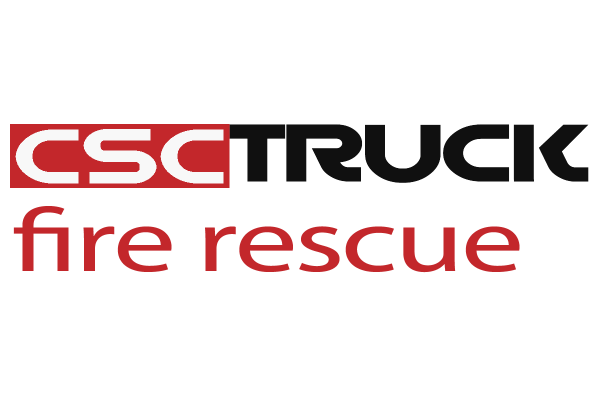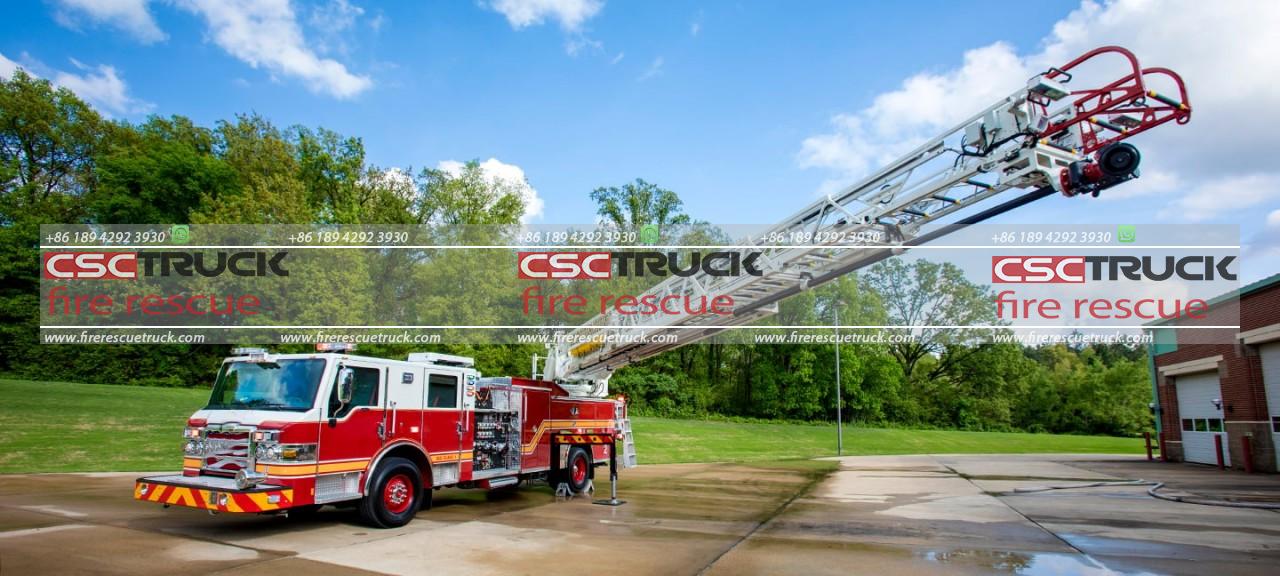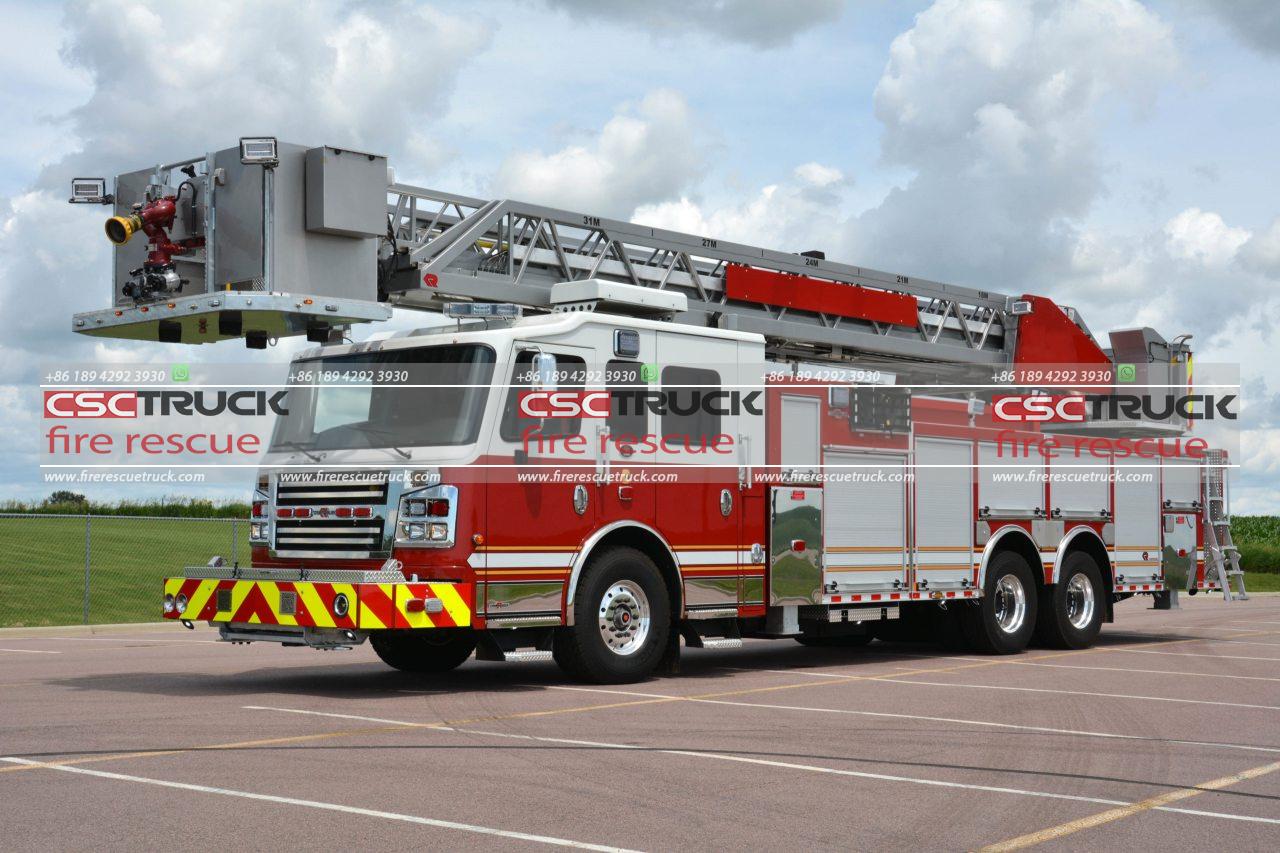Hazmat Support: The Critical Role of Hazmat Support Fire Trucks in Chemical Incidents
Chemical incidents, whether they involve hazardous materials spills, leaks, or fires, pose significant threats to human health, the environment, and property. In response to these dangers, specialized fire trucks known as hazmat support fire trucks play an indispensable role in mitigating the effects of such incidents. These vehicles are equipped with the tools, technology, and personnel necessary to respond effectively to chemical emergencies. This article will explore the critical role that hazmat support fire trucks play in chemical incidents, discussing their design, equipment, and importance in safeguarding both first responders and the public.
The Nature of Chemical Incidents
Chemical incidents, also known as hazardous materials (Hazmat) incidents, can involve various hazardous substances, including toxic chemicals, flammable liquids, gases, radioactive materials, and biological agents. Such incidents can occur in numerous settings, including industrial facilities, transportation accidents, commercial buildings, and even homes. These incidents may involve the release of chemicals into the air, water, or soil, potentially leading to fires, explosions, poisoning, and environmental contamination.
The risks posed by chemical incidents are multifaceted. The immediate threat is to the safety of individuals who may be exposed to toxic substances, but the long-term consequences can include environmental damage, economic loss, and public health crises. In response to these risks, Hazmat support services are critical for managing and neutralizing the threat posed by these dangerous materials.
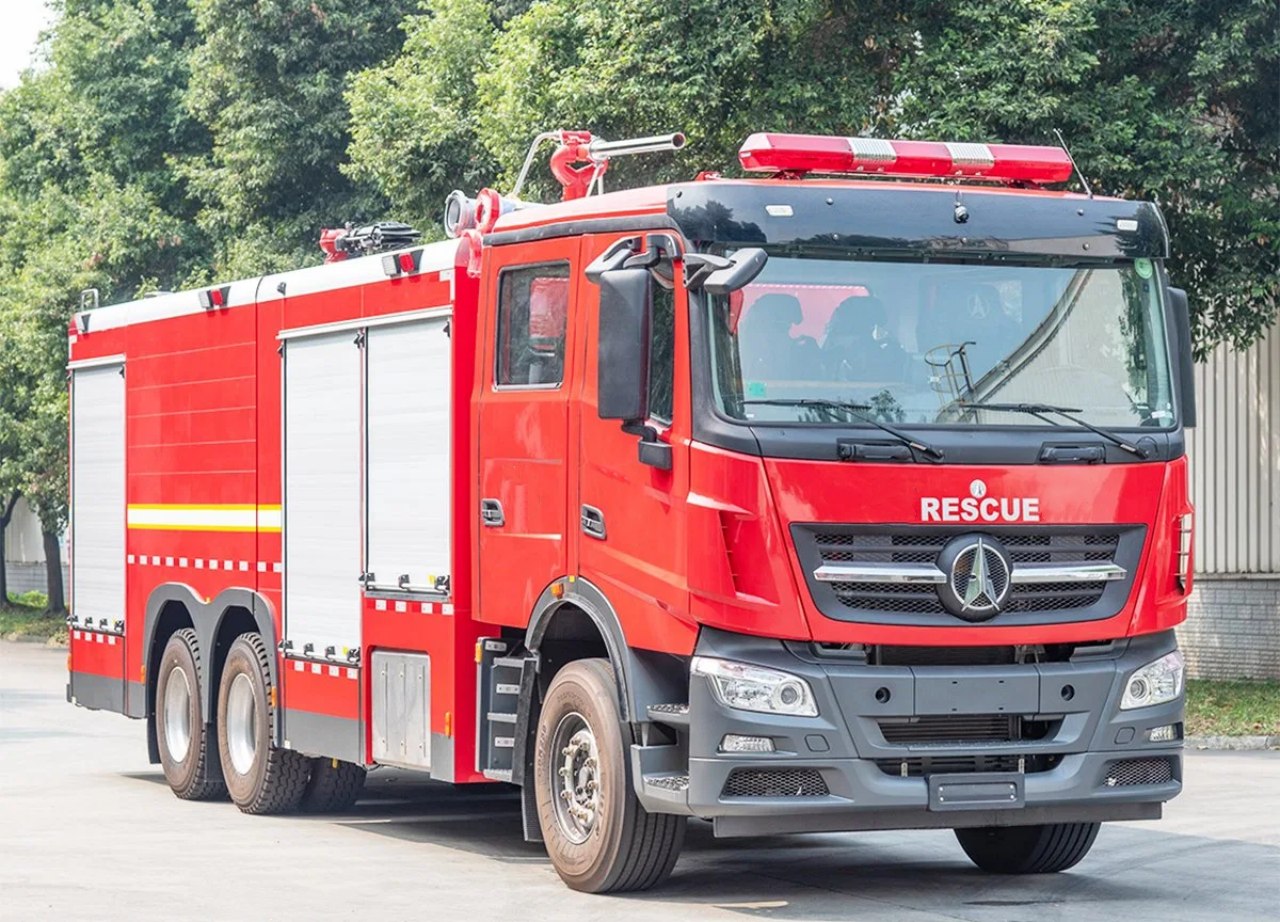
The Role of Hazmat Support Fire Trucks
Hazmat Support Fire Trucks are specifically designed to handle emergencies involving hazardous materials. They are equipped with a wide range of specialized tools and equipment to safely mitigate, contain, and clean up chemical spills, leaks, and fires. These vehicles support both the initial response and the ongoing mitigation efforts, making them an essential asset in any emergency response strategy.
1. Specialized Equipment
Hazmat Support Fire Trucks are equipped with a variety of tools and technology that enable them to safely respond to chemical incidents. Key components include:
- Hazmat Detection Systems: These systems allow responders to detect and identify hazardous materials in the environment. They include chemical sensors, air sampling equipment, and gas analyzers. By identifying the type and concentration of hazardous substances, responders can tailor their approach to containment, decontamination, and neutralization.
- Protective Gear: These trucks carry specialized personal protective equipment (PPE), such as chemical-resistant suits, gloves, boots, and respirators. This equipment is designed to protect emergency responders from exposure to toxic chemicals during the incident.
- Decontamination Units: Hazmat support vehicles often feature mobile decontamination stations. These can be used to wash away hazardous substances from personnel, equipment, and vehicles before they leave the incident scene, ensuring the safety of responders and preventing further contamination.
- Chemical Spill Containment Kits: Hazmat Fire Trucks are equipped with tools such as absorbent materials, foam, and sand to contain and absorb chemical spills. These materials prevent hazardous chemicals from spreading into nearby water supplies, soil, or sensitive ecosystems.
- Firefighting Equipment: Many chemical incidents involve fires caused by hazardous materials. Hazmat trucks are equipped with specialized firefighting systems, such as foam dispensers, high-pressure hoses, and dry chemical agents, specifically designed for combating fires involving flammable and reactive chemicals.
- Portable Ventilation Systems: In cases of gas or vapor releases, Hazmat trucks can be equipped with portable fans and ventilation systems to disperse hazardous vapors and improve air quality for responders and evacuees.
- Emergency Medical Equipment: Given the potential for exposure to toxic chemicals, Hazmat Fire Trucks are also equipped with medical supplies, including oxygen tanks, antidotes, and first aid kits, to treat responders who may suffer from chemical exposure or poisoning.
2. Trained Hazmat Personnel
One of the most critical aspects of a Hazmat Support Fire Truck is the team of trained personnel it carries. These specialists are known as hazardous materials technicians or hazardous materials responders. They are extensively trained in the handling, identification, and neutralization of hazardous materials. They possess knowledge of chemical properties, toxicology, and emergency response protocols.
Hazmat technicians are also trained in the use of advanced detection equipment and protective gear. They understand the intricacies of managing chemical spills, preventing explosions, and conducting controlled burns of hazardous materials. Their expertise is essential for protecting not only themselves but also the public and the environment.
3. Coordination with Other Emergency Services
The role of Hazmat Support Fire Trucks extends beyond the direct response to chemical incidents. These trucks serve as coordination hubs for multi-agency efforts, involving local law enforcement, emergency medical services, environmental agencies, and other support teams. The coordination of these agencies is crucial to managing the complexities of a chemical incident effectively.
In particular, Hazmat trucks support incident command systems by providing real-time data on the chemicals involved and the status of the containment and cleanup efforts. They also assist in the planning and execution of evacuation routes, air quality monitoring, and the management of public health advisories.
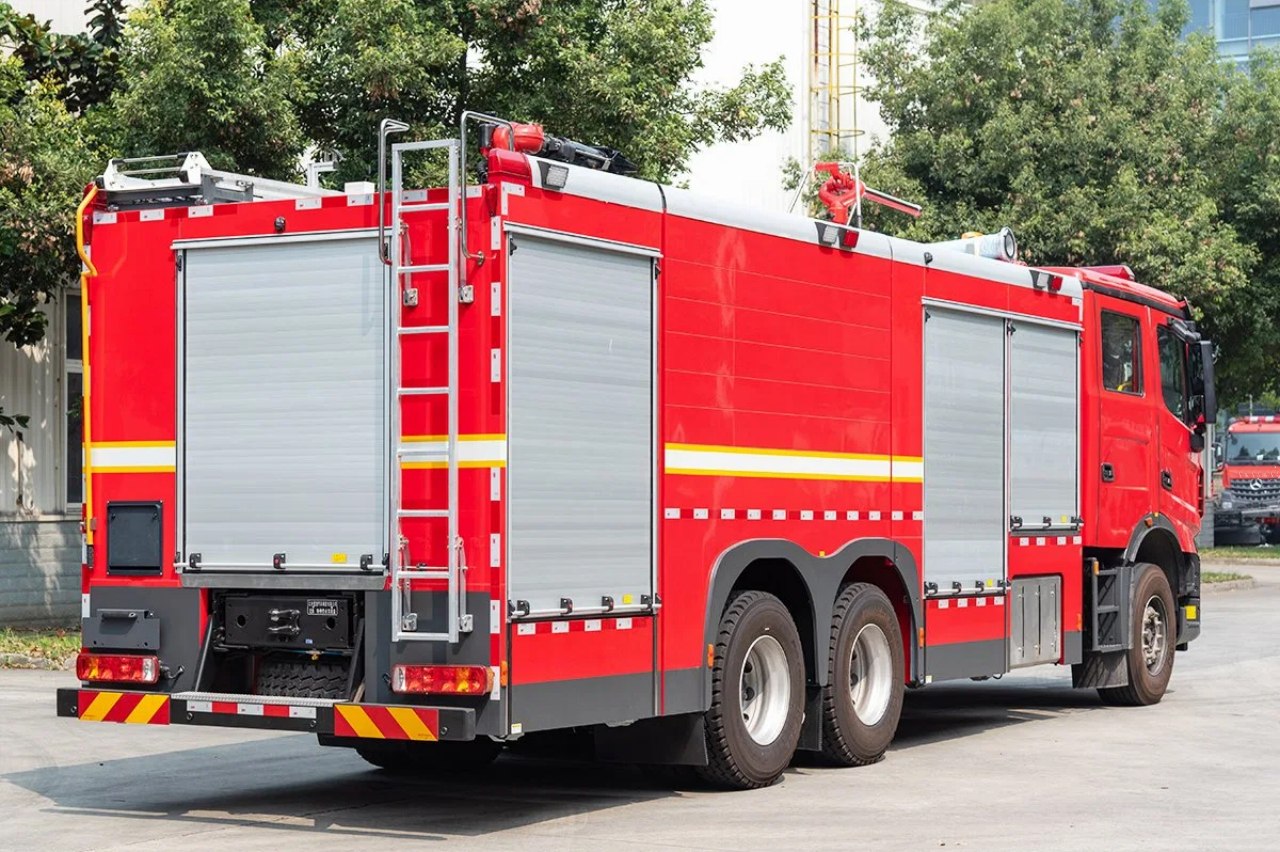
The Importance of Hazmat Support Fire Trucks
The importance of Hazmat Support Fire Trucks cannot be overstated. These vehicles are central to responding to chemical incidents and ensuring public safety. Below are some key reasons why Hazmat trucks are essential in managing chemical emergencies:
1. Minimizing Health Risks to First Responders and the Public
The protection of emergency responders and the general public is the foremost priority during a chemical incident. Hazmat Support Fire Trucks are equipped to prevent exposure to toxic chemicals, providing a safe environment for responders to work in while minimizing the health risks posed by hazardous materials. They enable responders to neutralize or contain dangerous substances quickly and safely, reducing the chances of widespread contamination or injury.
2. Environmental Protection
Chemical spills and fires can cause significant environmental damage. Hazardous materials can contaminate waterways, soil, and air, leading to long-term ecological consequences. Hazmat Fire Trucks are equipped to handle spills and fires in ways that limit environmental impact, using containment methods to prevent the spread of harmful chemicals. They also play a crucial role in conducting environmental monitoring and cleanup, ensuring that affected areas are restored as quickly as possible.
3. Effective Incident Management
Hazmat Support Fire Trucks are vital components of a comprehensive incident management strategy. They provide a dedicated, mobile resource for the handling of hazardous materials, allowing other emergency responders to focus on evacuation, rescue operations, and medical treatment. Hazmat trucks also serve as communication and coordination points, ensuring that the response efforts are well-organized and effective.
4. Enhancing Public Confidence
When a chemical incident occurs, the public may experience panic and fear due to the potential dangers involved. The presence of Hazmat Support Fire Trucks, along with their visible expertise and preparedness, can help instill confidence in the public that the situation is being handled safely and professionally. This can reduce public anxiety and ensure that residents follow evacuation or safety protocols as directed by authorities.
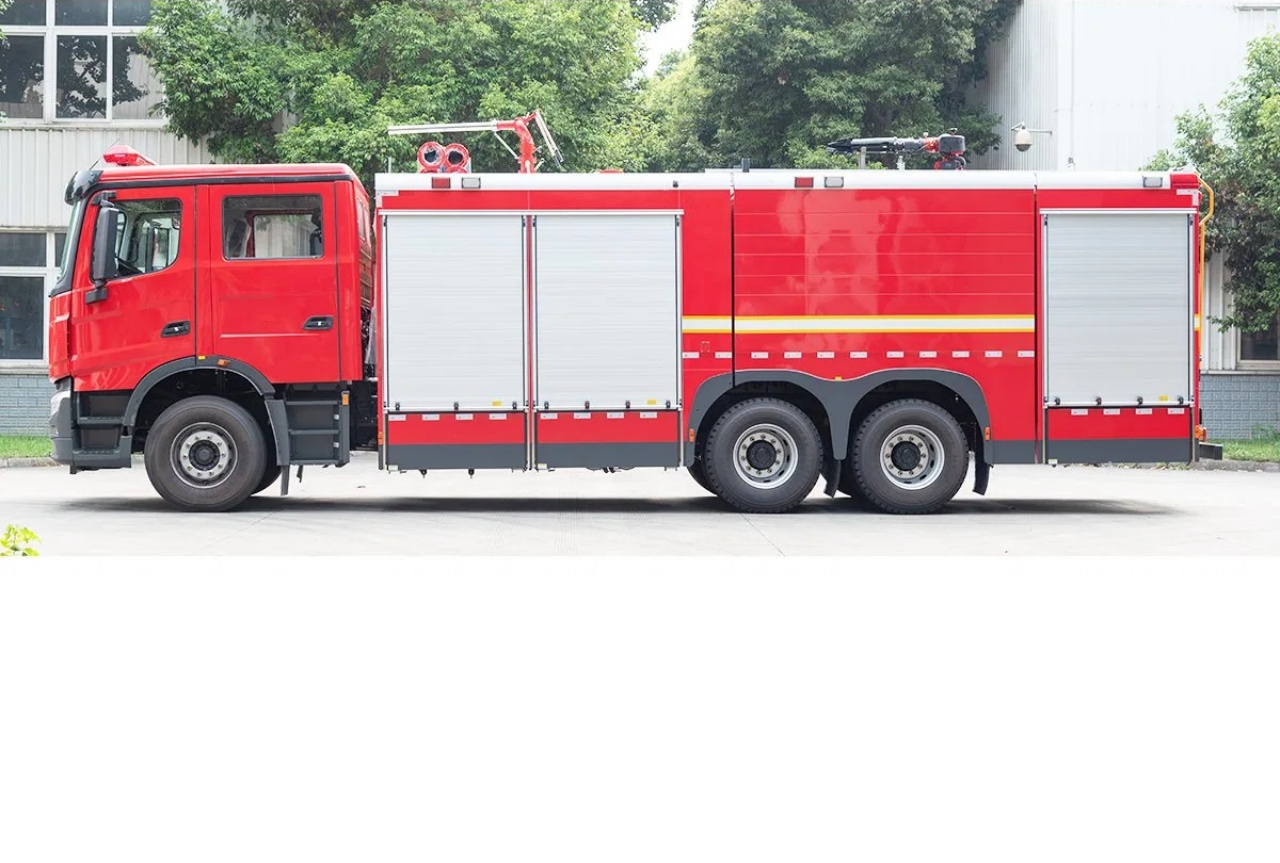
Conclusion
Hazmat Support Fire Trucks are crucial tools in the management of chemical incidents. Their specialized equipment, trained personnel, and ability to coordinate with other emergency services make them an indispensable part of the emergency response infrastructure. By containing hazardous materials, protecting responders, and minimizing environmental damage, Hazmat Fire Trucks play a pivotal role in ensuring the safety of individuals, communities, and ecosystems during chemical emergencies. As industrialization and transportation continue to evolve, the importance of these specialized vehicles will only grow, ensuring a rapid and effective response to the increasingly complex and diverse range of hazardous material incidents.
